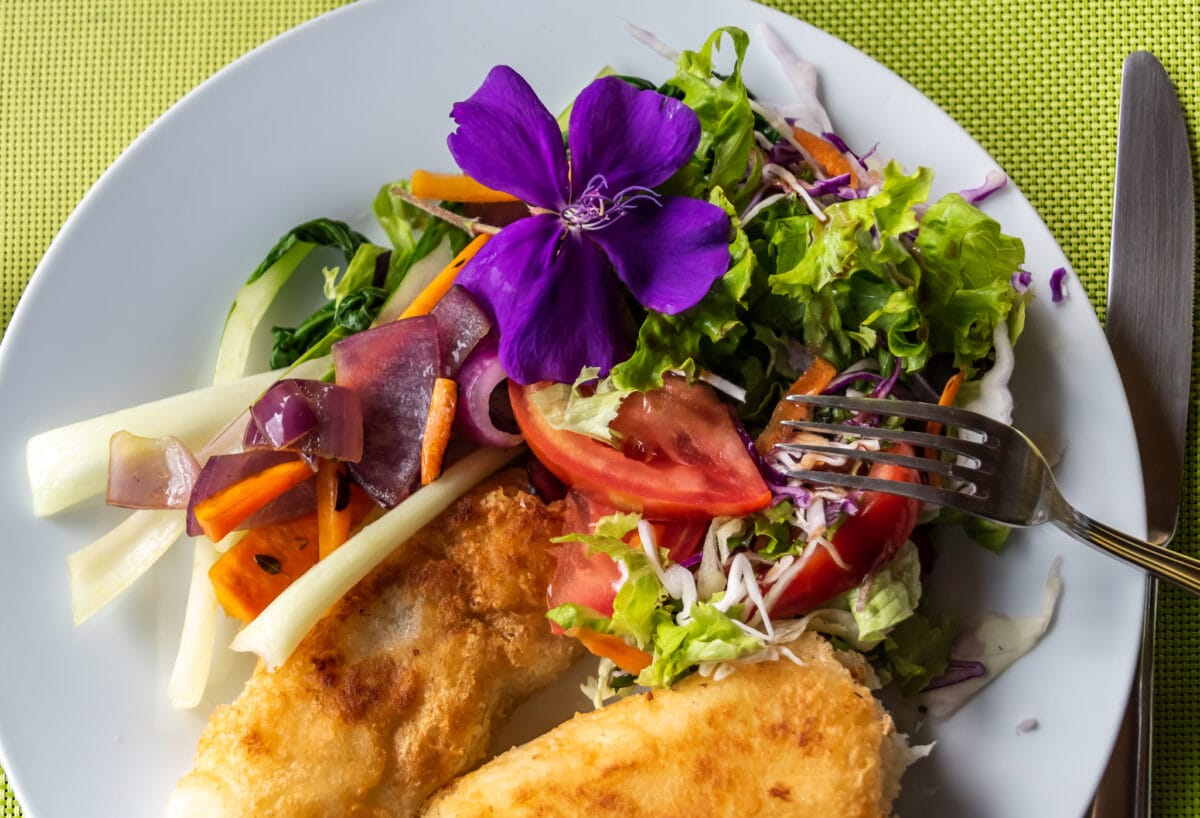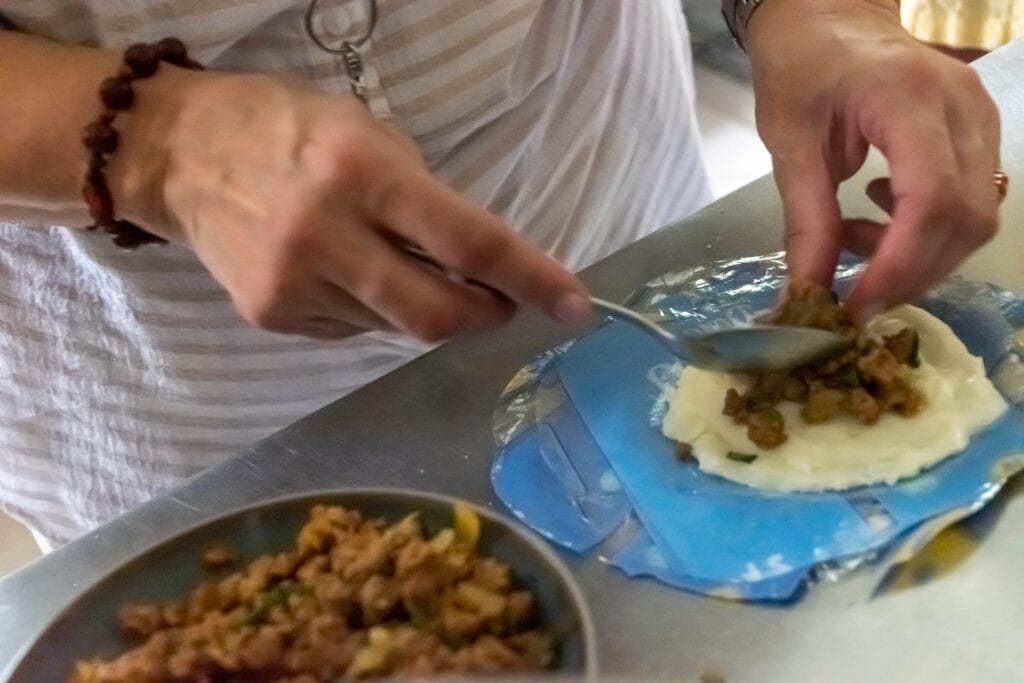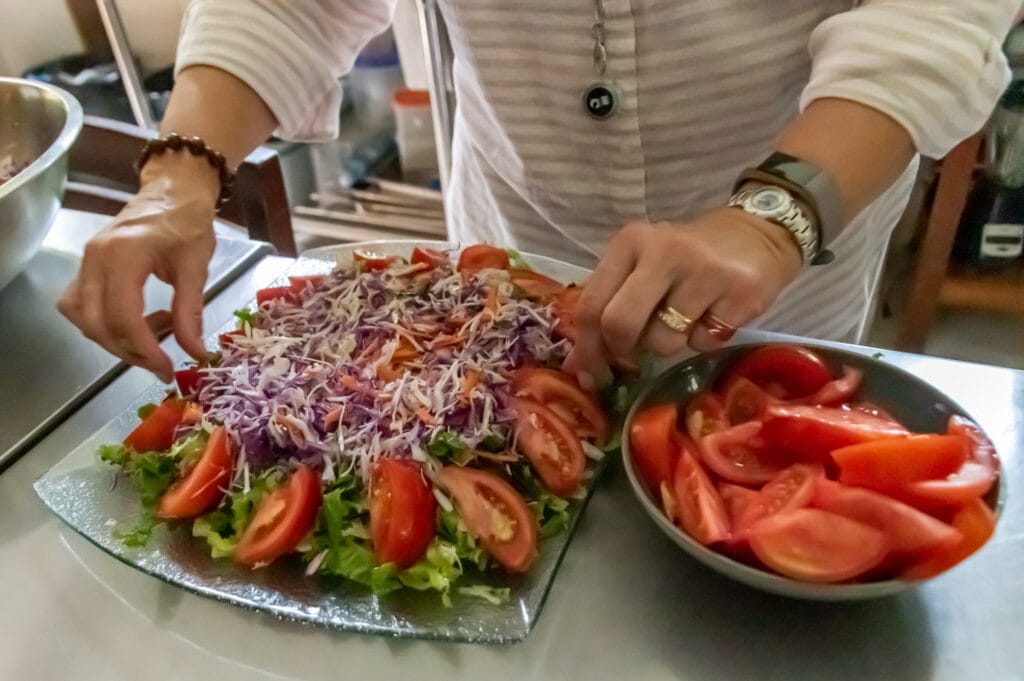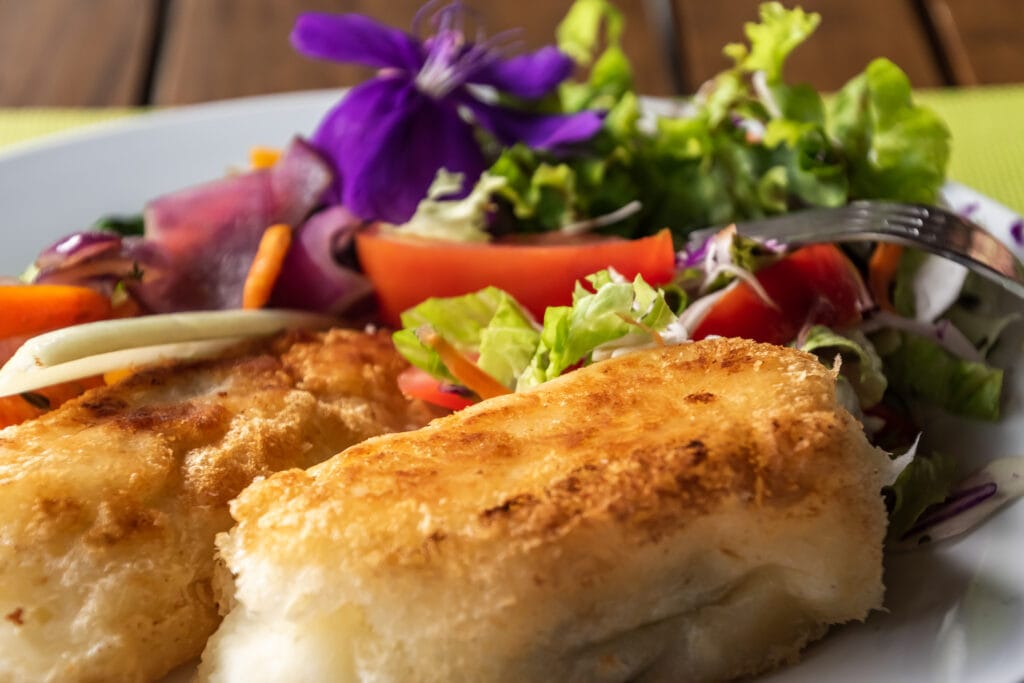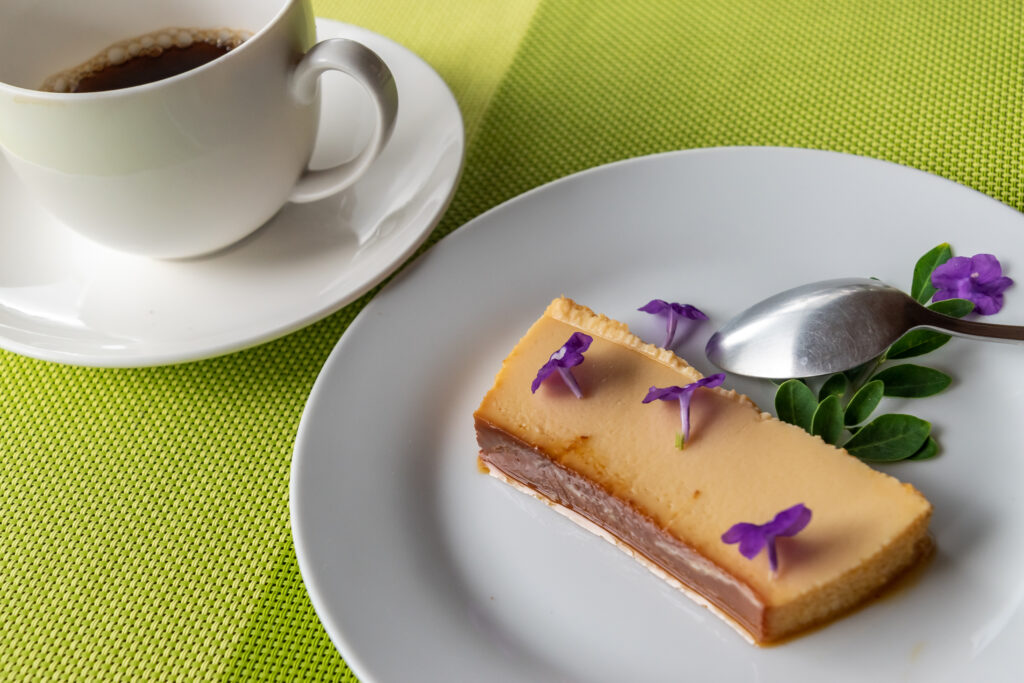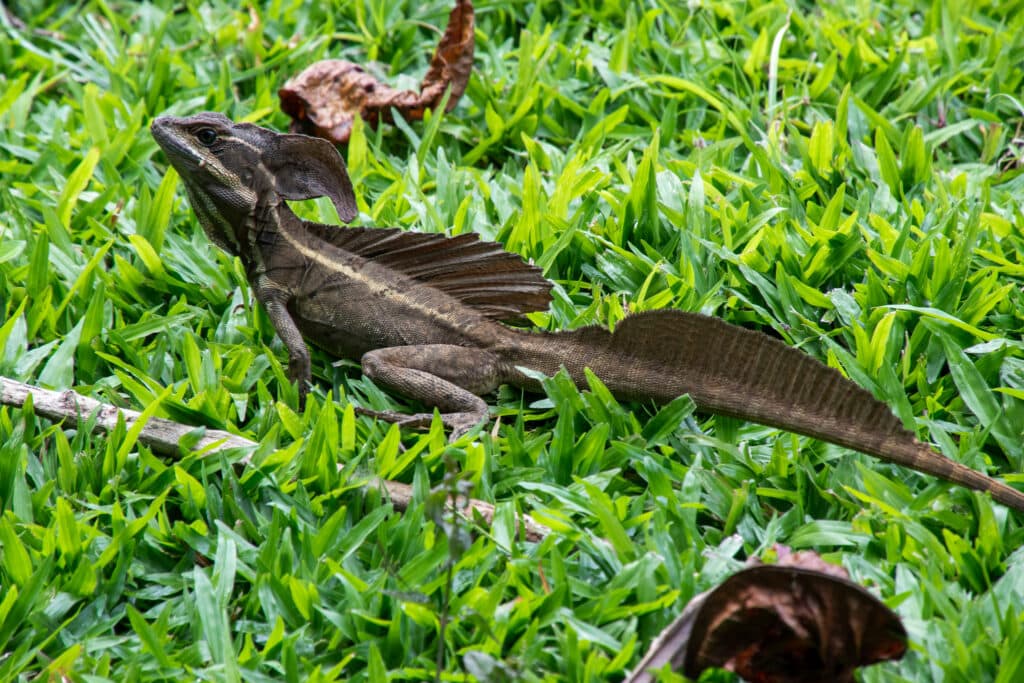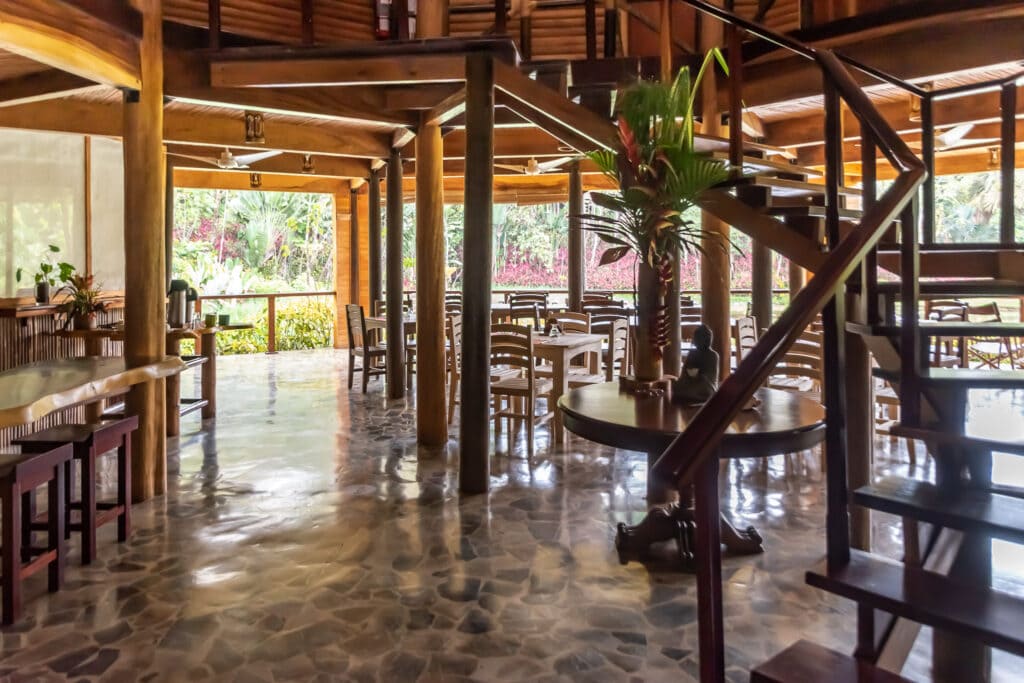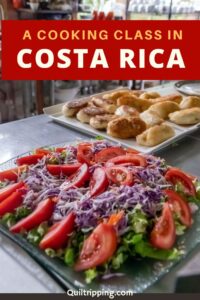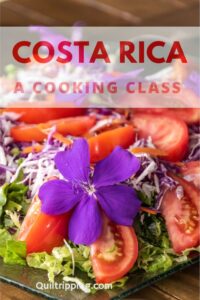Last Updated on 11/18/23 by Rose Palmer
I love cruising, but I am very picky about my cruise excursions. Typical ship excursion involve big busses and large tour groups that take passengers to the most popular sights. This may let you check off one more item on the “bucket list” but does nothing to provide a true connective experience to the local culture or the environment.
However, on my recent Princess Cruise through the Panama Canal, a ship excursion in Costa Rica billed as one of their “Local Connections” program had me intrigued. The tour promised to take us to the Macaw ecolodge high in the rainforest where we would take part in a cooking experience using locally grown ingredients. This sounded quite appealing and would not be something I could easily do on my own, so I signed up and hoped for unique glimpse into Costa Rican culture.
On the morning that we docked in Puntarenas, I queued up with hundreds of others and headed down the gangplank to the waiting tour guide. I looked for the placard with my assigned tour number and was pleasantly surprised to find that our group size was only 7 and that we would be travelling in a van rather than a large bus. So far so good.
The drive to the Macaw Eco lodge took about 90 minutes. The first half of that drive followed the coast on the well paved Pan American highway. But once we turned inland and started gaining altitude, the road went from asphalt to well maintained gravel and then to a very potholed, curvy, dirt, sort-of road.
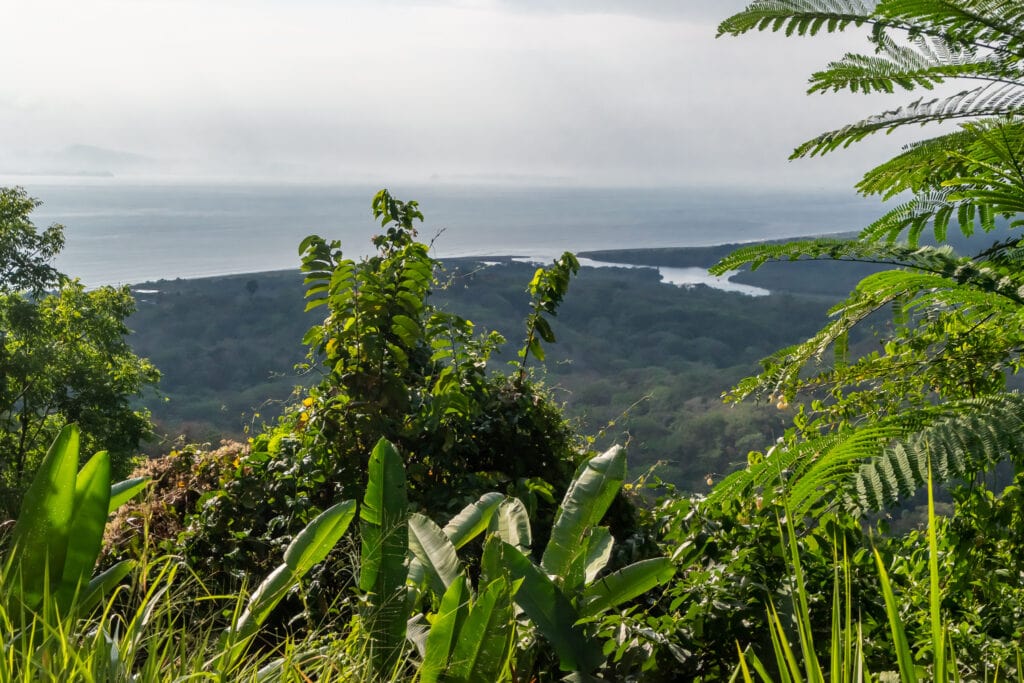
As we climbed higher and higher, bumping and grinding our way uphill, the farmed fields gave way to dense rainforest. We learned that we were heading to a region in Costa Rica that was in between the humid tropical forest and the higher humidity cloud forest. Somehow, Wilbur, our driver, managed to get us to the Macau Lodge without getting a flat tire or breaking an axle. I was glad that he was driving this route and that I didn’t have to.
Once we reached the lodge, our tour guide Maisel and the lodge host Andres wasted no time in getting us into the kitchen. Not only would we get to watch our lunch being made, but we could also participate in the cooking process. In short order, cooks Liz and Maria put us to work.
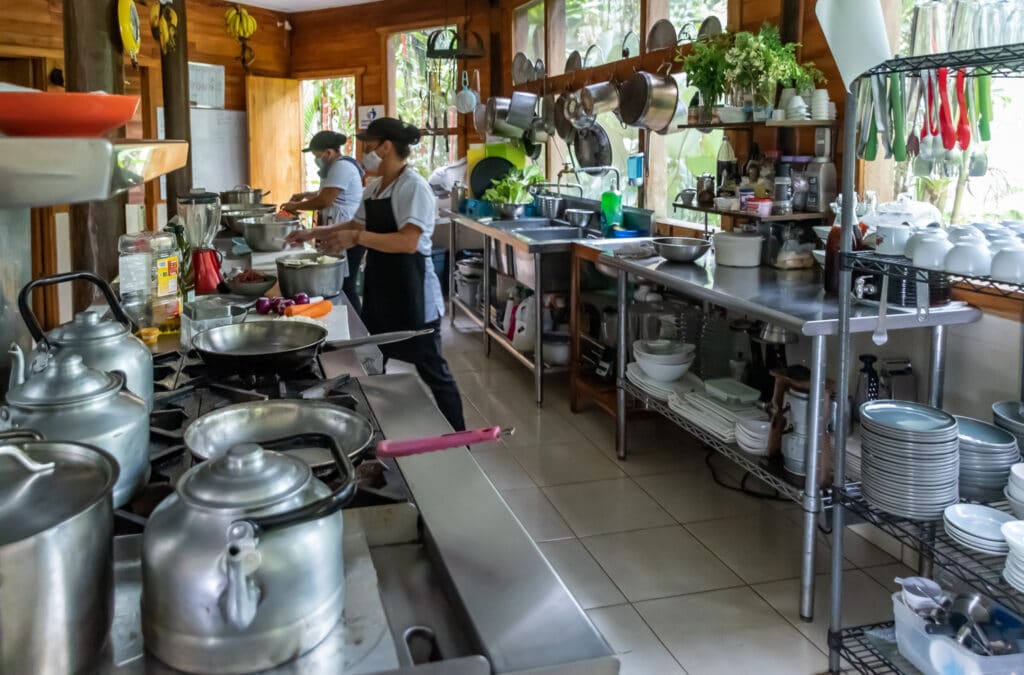
Our Costa Rica cooking class
We were learning to make enyucados, a traditional Costa Rican specialty made with mashed yucca and spiced ground meat. The yucca had already been boiled, and it was the task of one of our group to mash it by hand.
A second member of our group was put to work making the meat filling. Chopped onions were sautéed and then ground beef was added and browned. Then the flavorings were stirred in: anchovy paste, pepper, cumin and cilantro along with some water, and the whole mix was simmered slowly till all the liquid had evaporated off.
While the meat was cooking, we learned how to make the yucca patties. You take a large spoonful of mashed Yucca and form it into a ball; then you flatten the ball into a disc about 6 inches across. When the meat filling was ready, a spoonful of the meat mix was dropped into the center of the disc.
The edges of the mashed yucca were then lifted up and folded over the ground meat, completely encasing it. The whole thing was then shaped into an oval and fried in oil till each side was a nice golden brown. I thought of it as a cross between an empanada and shepherd’s pie.
In the meantime, another guest was cooking up a vegetable side dish. Red onions were sautéed along with bock choy, sliced carrots and fresh thyme, all of which came from the property’s gardens.
To finish off the menu, a beautiful salad was also composed – a colorful creation of leafy greens, red tomatoes, pink onions and violet orchids. The presentation would have been perfect for a gourmet food magazine cover.
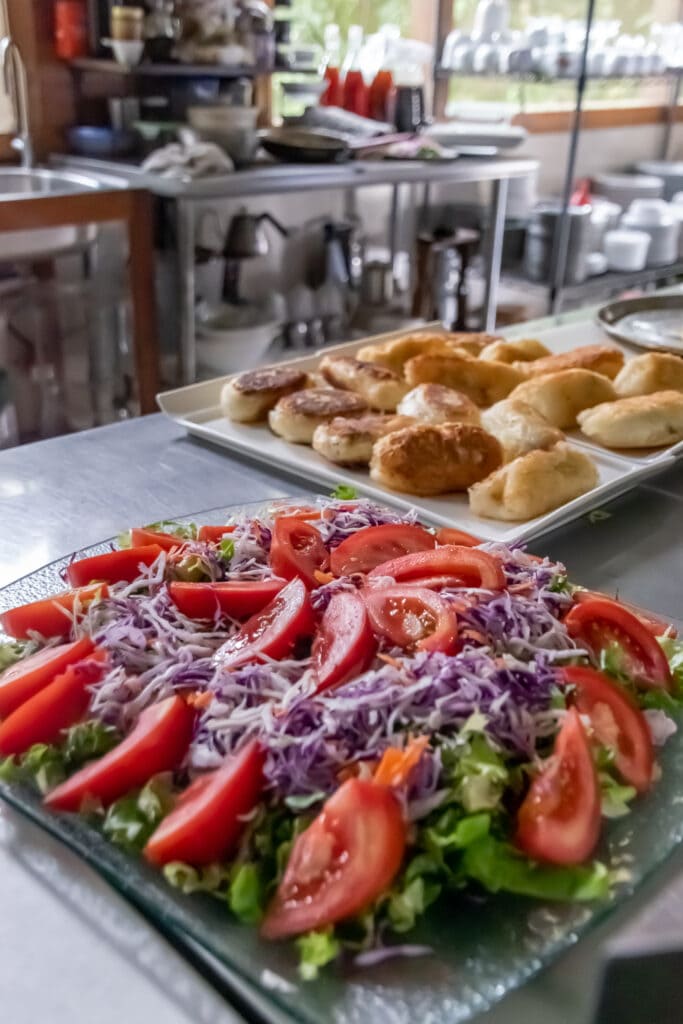
In less than an hour our group had made a delicious and artistic lunch fit for a king and queen. We did not have to be told twice to help ourselves and dig in. The food on my plate tasted as good as it looked. And if we were not full enough, the meal finished off with a delicious buttermilk flan. This was certainly a wonderful introduction to traditional Costa Rican dishes.

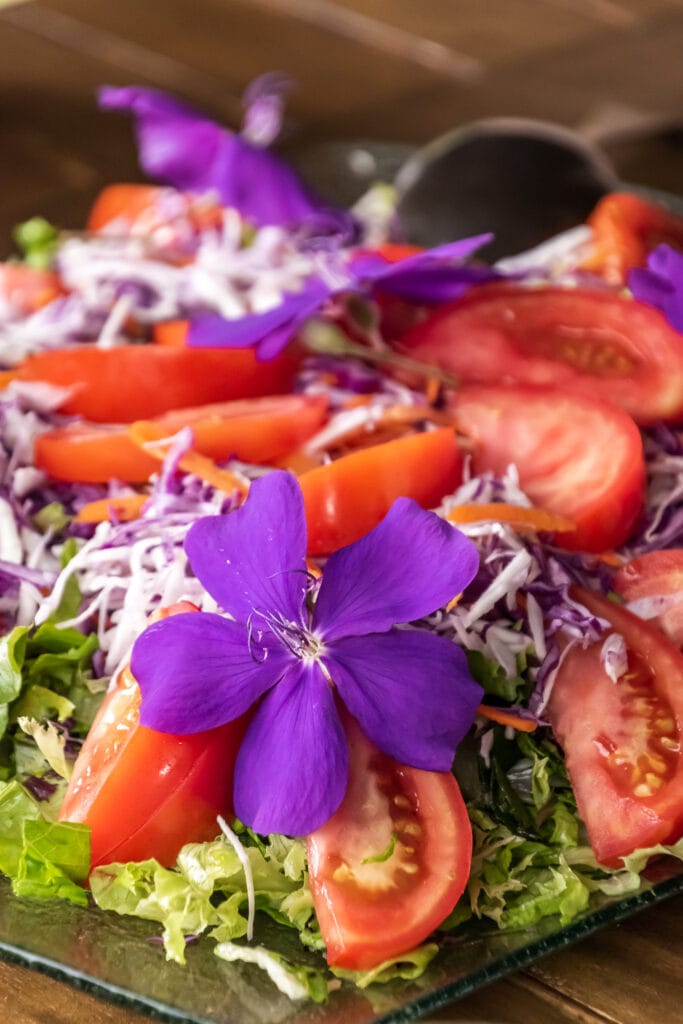
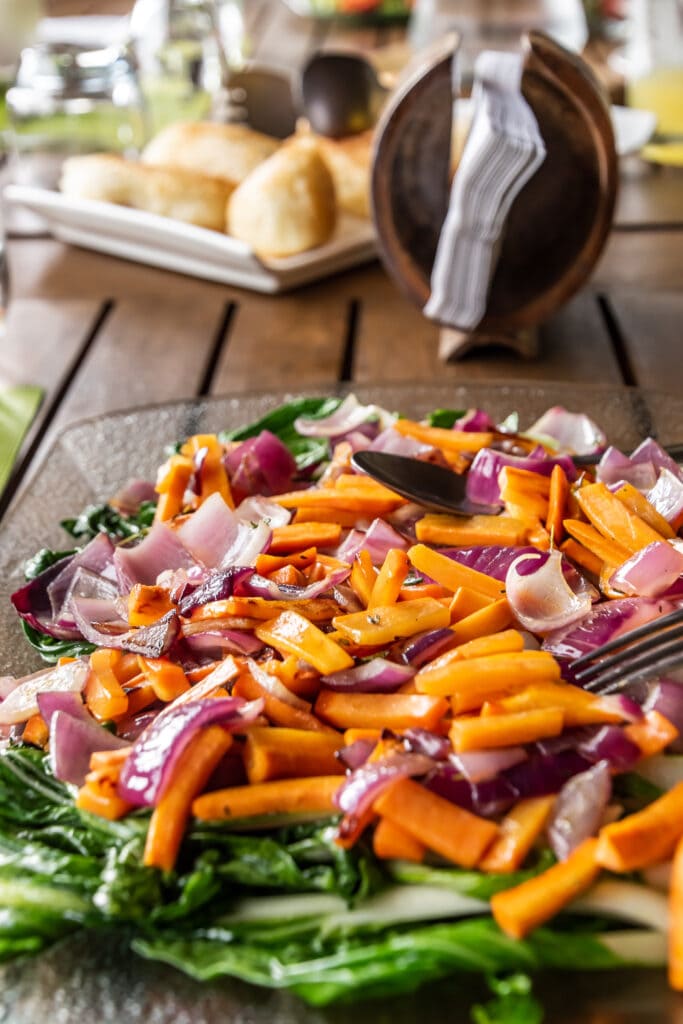
Discovering Macaw Lodge – a model of sustainability
After lunch we learned more about the Macaw Lodge story as we toured the property’s gardens with Andres. It is quite an impressive tale.
The vision for the Macaw Lodge started in the 1980’s when the Gordienko family took part in a government-sponsored Forestry Investment program designed to reverse damage done by overplanting of the same crops over and over again. They chose to purchase the 264 acre Santuario de Macao Limitada—the farm that is now home to Macaw Lodge and The Macaw Lodge Private Forest Reserve.
Over the course of three decades, farmland was slowly reforested back to native timber and vegetation. The aim was to produce an ecosystem that would attract scarlet macaws and provide the habitat they needed to thrive. Not only did the resulting biodiversity attract the lodges namesake, but also a rainforest full of other wildlife, including hundreds of bird species which has made the property a popular birding destination.
The dream of creating an eco lodge did not become a reality until 2011. The goal was to create a fully self sustaining destination property and they certainly seem to have succeeded.

All the lodge’s buildings were built and milled onsite using lumber from the property. They also went to the effort to recover and use damaged trees from the Tarcoles River that were swept away after tropical storm Thomas – quite an effort considering the distance and the state of the road leading to the lodge. Bamboo, also grow on their land, was used for walls, countertops and furniture. Even the stone and marble for the floors was sourced locally. And all this was lovingly created by local craftsmen and artisans.
Despite being “in the middle of nowhere” and totally off the grid, guests experience all the comforts of home. All of the electricity needs are provided using solar power. Water comes from the property’s natural springs and is treated without harsh chemicals. Wastewater is also treated bio-organically and reused for irrigation.
And then there is the food. As our group discovered, the lodge guests are treated to delicious Costa Rican cuisine each day. More impressive though is the fact that the majority of the raw ingredients are grown onsite, and anything that is not, is locally sourced. There is an extensive vegetable and herb garden, greenhouses, a large fruit orchard and a cacao plantation used to make the lodge’s signature chocolate. In 2014, a tilapia farming operation was also installed to provide some of the restaurant’s protein needs.
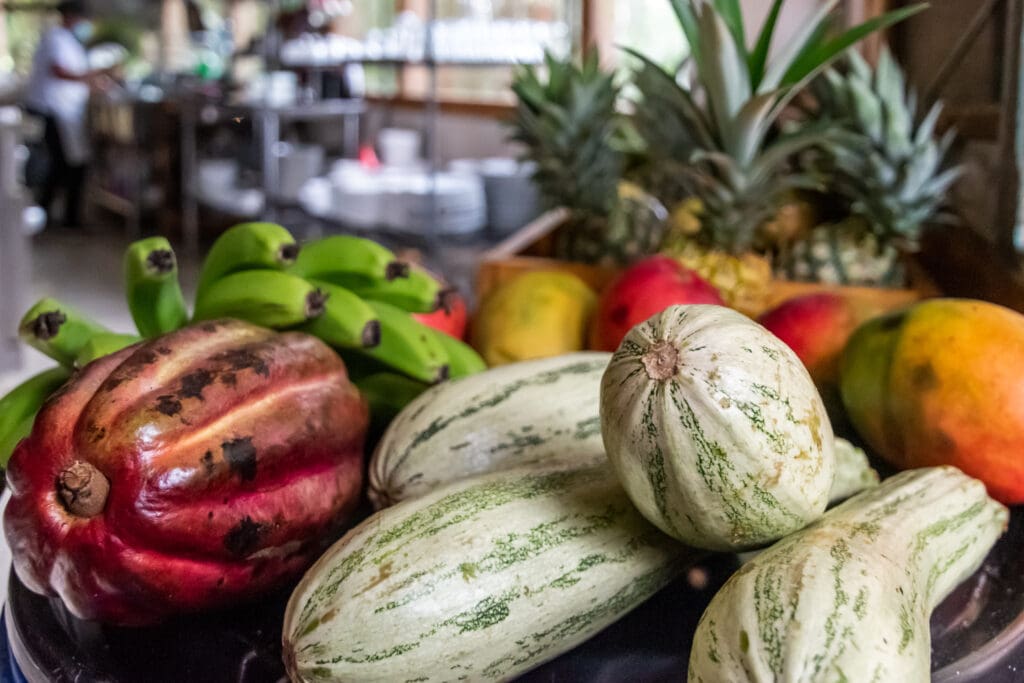
For Macaw Lodge, sustainability also extends to its human resources. The staff that manages the property and takes care of its guests, cooks the meals, and maintains the varied facilities all come from the local community.

Since our time was very limited (we still had a 90 minute drive back to the ship), our group only had time to tour a portion of the eight acre tropical botanical gardens that surround the guest lodge buildings. Numerous paths lead around a pond that Monet would have happily painted and through some of the more than 500 species of plants, shrubs and trees from all over the world.
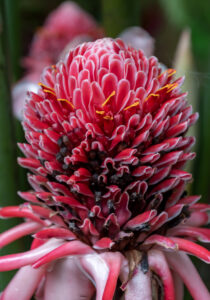
Macaw Lodge advertises that they “exist as an example that it’s possible to live happily, purposefully and in harmony with nature – we have created a model of sustainability.” From my personal experience there, that certainly appeared to be the case. I was happy that my excursion dollars went to such a worthwhile endeavor.
This unique cooking experience also showed me that by choosing the right type of excursion, it was possible to connect with and give back to the local community in a mindful manner, even on large cruise ship tours.
For more cruising stories, links to all my cruising content, including all my other Princess cruises, can be found on my Experience – Cruising page.
Other stories you may enjoy:
How I spent my day in Cartagena, Columbia: One Day in Cartagena, Columbia – A Colorful Independent Cruise Excursion
Details of my cruise on the Ruby Princess: Living Like Royalty On A Princess Cruise – A Ruby Princess Review With Photos
Read about conservation efforts I was involved in in Kenya: On the Frontline of Conservation – Changing the “OR” to “AND” at the Enonkishu Conservancy
One of the other interesting classes I’ve taken in my travels: Traditional Turkish Marbling – Learning Beautiful Ebru Art in Istanbul
Please note that I received a media upgraded cabin from Princess. All content and opinions in this post are my own.
Thanks for visiting.
Rose
Pin this!

